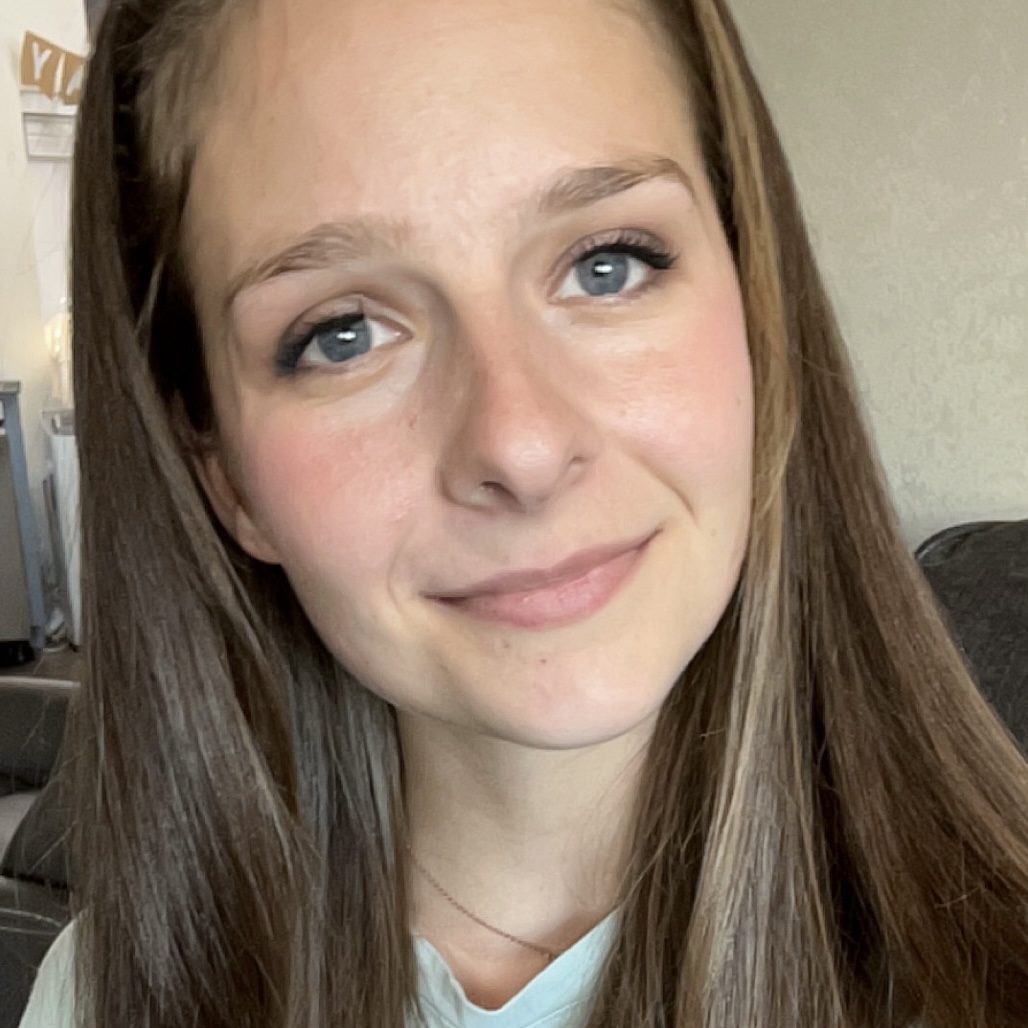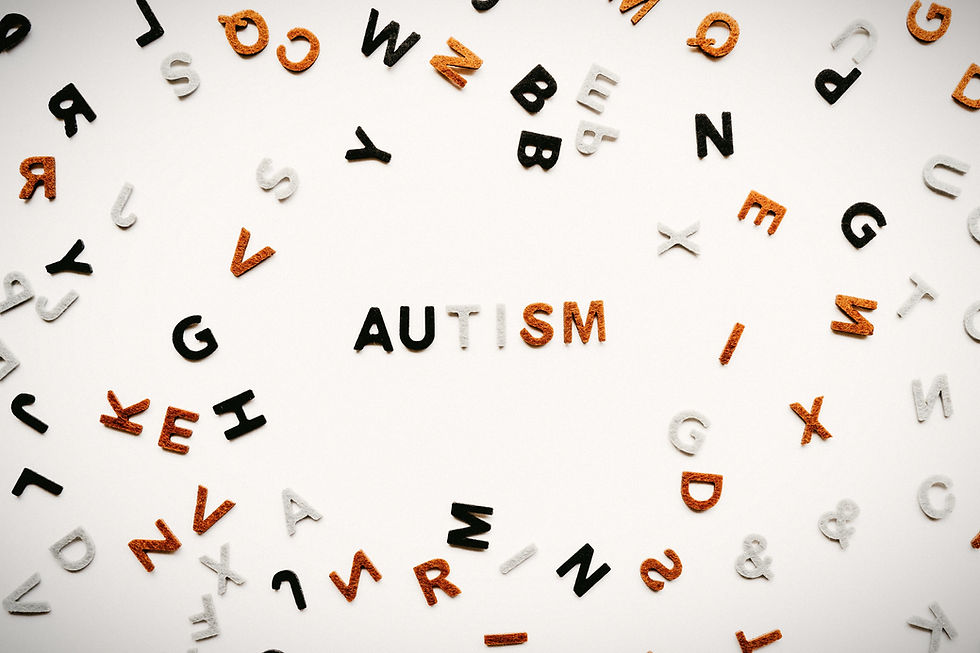What Fostering Taught Me About Love, Limits, and Lasting Change
- emmaflick3

- Apr 23, 2025
- 3 min read
Updated: May 6, 2025
Disclaimer:
This is a personal reflection based on childhood experiences. All names and identifying details have been changed to protect individual privacy. This post does not reference any individual I support in a professional capacity.

When I was a child, my life quietly shifted in a way I didn’t yet understand. My parents opened our home to individuals with developmental disabilities—offering long-term care and support in a family setting. I didn’t know it then, but those early experiences would change the course of my life.
It started on a night like any other. We'd eaten dinner, watched a movie, and been tucked into bed. But a few hours later, I woke up and heard unfamiliar voices. I crept out and saw my parents speaking with a woman I didn’t recognize—someone who moved and spoke a little differently than anyone I’d met before.
“Who is that?” I asked.
“She’s someone we’re getting to know,” my mom said. “We’re thinking about welcoming her into our home.”
She eventually did join our family. I remember watching her mimic a steering wheel with her hands, trying to explain something to us. Her words were slow and sometimes hard to understand, but that didn’t matter for long. Soon, I stopped noticing the differences altogether. She became my foster sister. And that was that. We learned how to communicate. She became part of our daily lives—my sister in every way that mattered.
Over the years, more individuals came—some stayed briefly, others for many years. As a child, I didn’t understand why our home was sometimes the last stop after others had failed. I didn’t fully grasp what “behavioral challenges” meant, or why so many case workers and support teams came in and out of our house.
But I saw what my parents did: they listened. They showed up. They created structure and warmth. I watched them help people learn to communicate their needs, redirect aggression, and feel safe after years of instability. Our foster siblings went camping with us, celebrated birthdays with us, and became family.
As a child, I recognized their differences the same way I noticed people’s hair or eye color. It wasn’t “bad”—it just was. I watched my parents form meaningful relationships with people of all abilities and needs. I learned to do the same.
I now understand that many of the behaviors we saw—running away, aggression, self-harm—were rooted in trauma and frustration, not defiance. I saw how "acting out" was the only way they knew how to express their internal turmoil, and how that could change if those around them put in the time, effort, and love it took to understand them. I also saw how systems sometimes failed the very people they were meant to protect.
One individual with significant support needs passed away after decisions were made on their behalf that denied them access to critical care. Their inability to speak for themselves—and the system’s failure to protect them—deeply affected my family. We were devastated.
That was the first time I realized: not everyone gets to make choices about their own life. And sometimes, the people who do have decision-making power don’t act in their best interest. Others' stories deepened that realization.
Many residents showed signs of past neglect and abuse when they moved in. All had trauma. Some were able to verbalize the horrors that had occurred in their lives. Many could not share their stories. Most had little or no recorded history to understand them by.
These stories—and countless others—shaped me. Watching my parents lead with love, consistency, and advocacy, I learned that this work isn’t just about caregiving. It’s about justice. It’s about dignity.
My foster siblings were full of life, resilience, and—yes—big feelings. Like many with developmental disabilities, their behaviors often reflected trauma, unmet needs, and a world not built to understand them.
But in our home, they were seen. They were safe. They were loved.
My foster siblings taught me more than any textbook ever could. They taught me that connection comes before correction. That consistency isn’t rigidity—it’s trust. That love isn’t always soft; sometimes it looks like firm boundaries, hard conversations, and showing up again and again.
People don’t change because they’re told to. They change because someone believes in them.
Even when it’s hard.
Especially when it’s hard.
Because when we truly see people, support them, and believe in their worth—we don’t just manage behavior.
We help them reclaim their story.





Comments